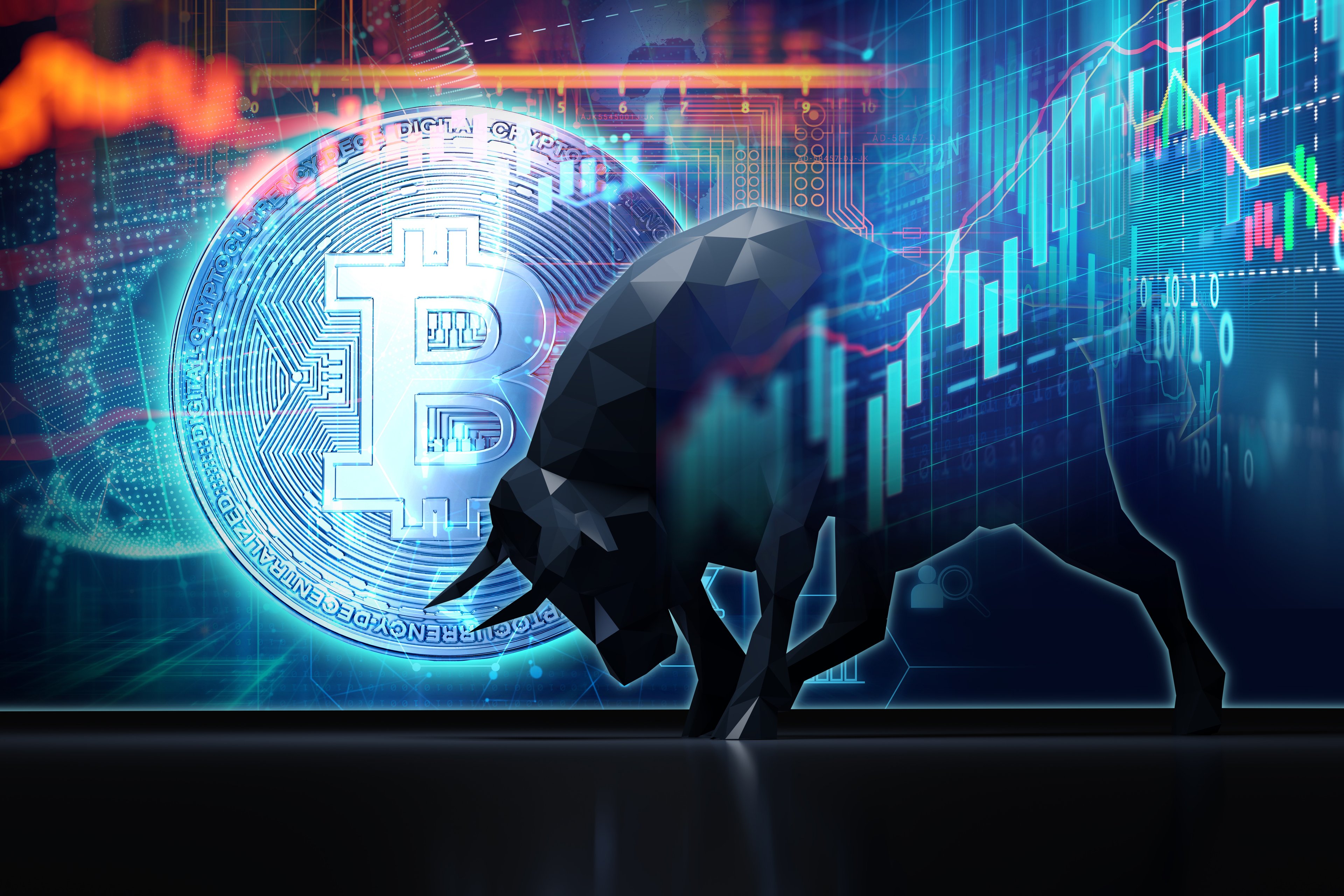When investors think they can finally see the market's road ahead, they tend to step on the gas. That's what is happening now to XRP (XRP +0.16%) this summer, with the coin's price rising by 33% in three months. The token is finding fresh sponsorship after a flurry of legal, technical, and policy developments converged at once.
If you have watched XRP chop sideways for years, the change in tone is hard to miss. The legal overhang is gone, new rails are being laid, and a mainstream policy shift just widened the on-ramp. Here's what you need to know about its surge and its odds of continuing to gain in value moving forward.

Image source: Getty Images.
1. Regulatory problems are going away
XRP's biggest catalyst is quite simply its de-risking as a result of its long-standing legal issues abating on what looks to be a permanent basis.
On Aug. 8, the Securities and Exchange Commission (SEC) ended its lawsuit against Ripple, the business that issues XRP. The court approved a settlement that includes a $125 million penalty and a permanent injunction on certain institutional sales, while maintaining that XRP, as listed on public crypto exchanges, is not itself a security in the eyes of the law. The upshot here is practical clarity for market participants, and it arrived just as liquidity was improving across crypto.
Regulatory clarity also significantly brightened the odds for an XRP-based spot exchange-traded fund (ETF) getting approved for the American market at some point later this year.
The SEC has been reviewing spot XRP applications by asset issuers, and many market participants are assuming that the approval is a slam dunk. While that assumption might be just a little bit too optimistic, the review process itself still signals real progress and reinforces the idea that institutions will have cleaner avenues to allocate capital.
Taken together, the settlement and the maturing ETF conversation reduce headline risk and expand the coin's distribution. And that is exactly the combination that institutional investors and other long-term-oriented investors look for.

CRYPTO: XRP
Key Data Points
2. New technology is a major value unlock
A second major driver is getting less airtime, but, especially in the long run, it may matter just as much to XRP's fundamentals.
On June 30, the XRP Ledger's (XRPL's) Ethereum Virtual Machine (EVM) sidechain launched, thereby allowing smart contract developers to use the same language and programming tools as they do for the popular Ethereum platform when developing for XRP. Put differently, developers can now deploy familiar EVM apps while settling transactions with native XRP, which broadens the types of activity and partners the network can attract, and which massively increases the pool of developer talent on the chain.
Major infrastructure add-ons like this one are a recipe for increasing real activity in the ecosystem on a long-term basis, not just speculative churn. While it remains to be seen if XRP's nascent decentralized finance (DeFi) application ecosystem can ever actually rival Ethereum's, now there is a genuine and highly streamlined avenue for that possibility to be explored, whereas before there was not.
And, to be clear, the new sidechain also advances Ripple's core strategy of making XRP the favored blockchain solution for financial institutions doing centralized finance, where it has a significant edge and a much higher probability of victory than in the DeFi space.
3. The 401(k) policy shift just widened the on-ramp
There is also a bigger macro backdrop stemming from government policy in the U.S. that's very likely to lead to a higher valuation for XRP.
On Aug. 7, an executive order by the Trump administration directed regulators to examine expanding access to alternative assets, including cryptocurrency, in 401(k) plans. Soon enough, the sheer size of retirement assets as a bloc could ultimately touch digital tokens. XRP, freshly de-risked by its settlement, stands to participate significantly in the inflows related to that trend, especially if retirement platforms add diversified crypto exposure over time.
That's not a promise of linear inflows, but the door is now open, and XRP is a logical place for at least some of the incoming capital to flow.






